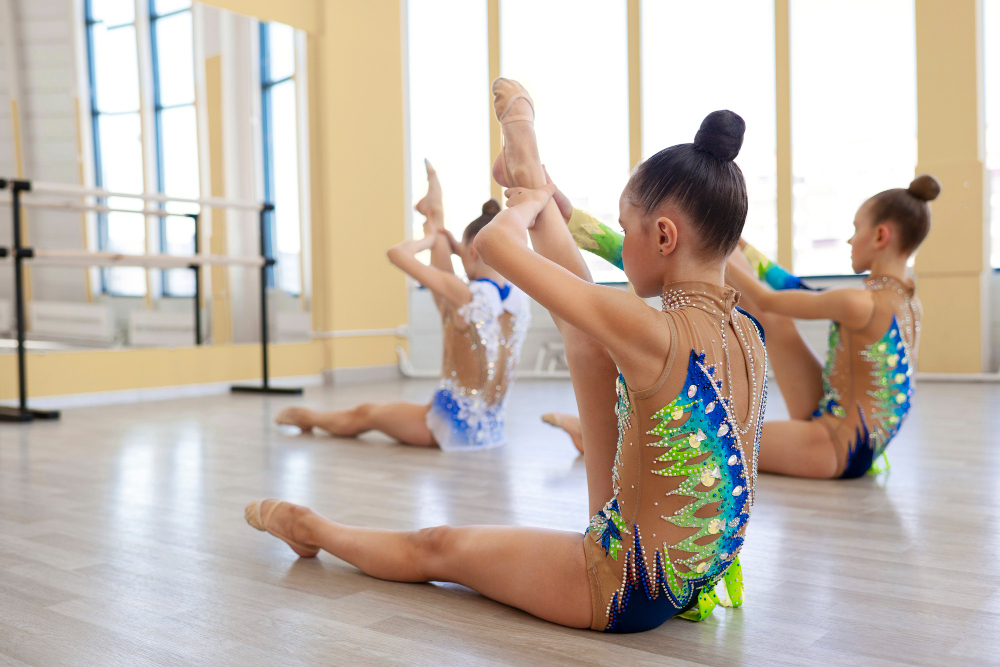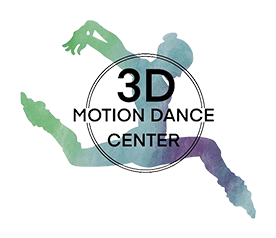How Regular Dance Practice Transforms Your Life

Dance is more than just movement—it's a powerful tool for physical fitness, mental well-being, and personal growth. Whether you're a beginner taking your first steps or an experienced dancer looking to refine your technique, regular dance practice offers incredible benefits that extend far beyond the studio floor.
From strengthening your body to boosting your confidence, dance practice creates positive changes that ripple through every aspect of your life. Let's explore how committing to regular dance sessions can transform your health, mindset, and overall quality of life.
Physical Health Benefits of Dance Practice
Improved Cardiovascular Fitness
Dance is an excellent form of aerobic exercise that gets your heart pumping and blood flowing. Regular dance practice strengthens your cardiovascular system, improving your heart health and endurance. Unlike traditional cardio exercises, dance combines fun with fitness, making it easier to stick to a consistent routine.
The constant movement in dance—whether it's ballet, hip-hop, jazz, or contemporary—elevates your heart rate and keeps it elevated throughout the session. This sustained cardiovascular activity helps lower blood pressure, reduce the risk of heart disease, and improve overall stamina.
Enhanced Flexibility and Range of Motion
One of the most noticeable benefits of regular dance practice is improved flexibility. Dance movements require you to stretch and extend your body in various directions, gradually increasing your range of motion. This enhanced flexibility reduces the risk of injury in daily activities and other physical pursuits.
Ballet barre work, for example, focuses heavily on flexibility through controlled stretching and strengthening exercises. Jazz and contemporary dance styles incorporate dynamic stretches that improve both flexibility and muscle coordination.
Increased Muscle Strength and Tone
Dance is a full-body workout that engages multiple muscle groups simultaneously. Regular practice builds lean muscle mass, improves muscle tone, and develops functional strength that translates to better performance in everyday activities.
Different dance styles target various muscle groups. Hip-hop emphasizes core strength and explosive power, while ballet focuses on controlled strength and precise muscle engagement. This variety ensures balanced muscle development throughout your body.
Better Balance and Coordination
Dance requires precise coordination between your brain and body, constantly challenging your balance and spatial awareness. Regular practice significantly improves these skills, reducing the risk of falls and enhancing overall physical stability.
The complex choreography and quick direction changes in dance routines train your proprioception—your body's ability to sense its position in space. This improved body awareness benefits athletes and non-athletes alike.
Mental Health and Cognitive Benefits
Stress Relief and Emotional Release
Dance provides a healthy outlet for stress and emotional expression. The physical activity releases endorphins, your body's natural mood elevators, while the creative expression allows you to process emotions in a positive way.
Many dancers report feeling a sense of release and relaxation after practice sessions. The combination of physical movement, music, and artistic expression creates a meditative state that helps clear mental clutter and reduce anxiety.
Improved Memory and Brain Function
Learning choreography challenges your brain in unique ways, improving memory, concentration, and cognitive function. The process of memorizing dance sequences, timing, and spatial patterns creates new neural pathways and strengthens existing ones.
Research shows that dance can help prevent cognitive decline and may reduce the risk of dementia. The mental stimulation of learning new movements and combinations keeps your brain active and engaged.
Enhanced Self-Confidence and Body Image
Regular dance practice builds self-confidence through skill development and physical achievement. As you master new techniques and see improvement in your abilities, your self-esteem naturally increases.
Dance also promotes a positive relationship with your body. Rather than focusing solely on appearance, dance emphasizes what your body can do—its strength, grace, and expressive capabilities. This shift in perspective often leads to improved body image and self-acceptance.
Social and Emotional Benefits
Building Community and Friendships
Dance studios and classes provide opportunities to meet like-minded individuals who share your passion for movement. The supportive environment of dance classes fosters friendships and creates a sense of community.
Group choreography and partner work teach cooperation and teamwork skills. These social interactions contribute to emotional well-being and provide valuable support networks.
Improved Communication Skills
Dance is a form of non-verbal communication that helps you express emotions and stories through movement. This enhanced ability to communicate physically often translates to improved overall communication skills.
The confidence gained through dance performance can help you feel more comfortable expressing yourself in other areas of life, from public speaking to social interactions.
Cultural Appreciation and Artistic Growth
Dance exposes you to various cultural traditions and artistic styles. Learning different dance forms broadens your cultural understanding and appreciation for diverse forms of expression.
This cultural exposure enhances creativity and artistic sensibility, skills that benefit many aspects of personal and professional life.
Long-term Benefits of Consistent Practice
Discipline and Goal Setting
Regular dance practice teaches valuable life skills like discipline, persistence, and goal setting. The process of working toward performance goals or mastering difficult techniques builds character and work ethic.
These skills transfer to other areas of life, helping you approach challenges with determination and strategic thinking.
Lifelong Physical Activity
Dance is an activity you can enjoy throughout your life. Unlike some sports that become difficult with age, dance can be adapted to different ability levels and physical conditions.
Starting a regular dance practice early in life establishes healthy habits that can continue for decades, providing ongoing physical and mental benefits.
Professional and Performance Opportunities
For those who develop a passion for dance, regular practice opens doors to performance opportunities, teaching positions, and even professional dance careers. Even recreational dancers can participate in recitals, competitions, and community performances.
Finding the Right Dance Program
Choosing Your Style
Different dance styles offer unique benefits and appeal to different personalities. Ballet provides excellent technique foundation and discipline, while hip-hop offers high-energy cardio and creative expression. Jazz combines athleticism with performance skills, and contemporary allows for emotional storytelling through movement.
Consider your fitness goals, musical preferences, and personality when choosing a dance style. Many dancers find joy in exploring multiple styles to gain diverse benefits.
Importance of Quality Instruction
Working with qualified instructors ensures you learn proper technique and avoid injury. Good teachers provide structured progressions, individual feedback, and create supportive learning environments.
Look for instructors with professional training and teaching experience who can adapt their instruction to different skill levels and learning styles.
Take Your First Step Toward Transformation
Regular dance practice offers a unique combination of physical fitness, mental stimulation, and creative expression that few other activities can match. The benefits extend far beyond the studio, enhancing your overall quality of life and personal well-being.
Whether you're looking to improve your fitness, reduce stress, build confidence, or simply have fun, dance practice provides a path to positive transformation. The key is finding the right program and committing to regular participation.
If you're interested in dance camps in Apopka, FL, contact 3D Motion Dance Center today to sign up for a free trial class. Discover how regular dance practice can transform your life and unlock your potential through the power of movement.
